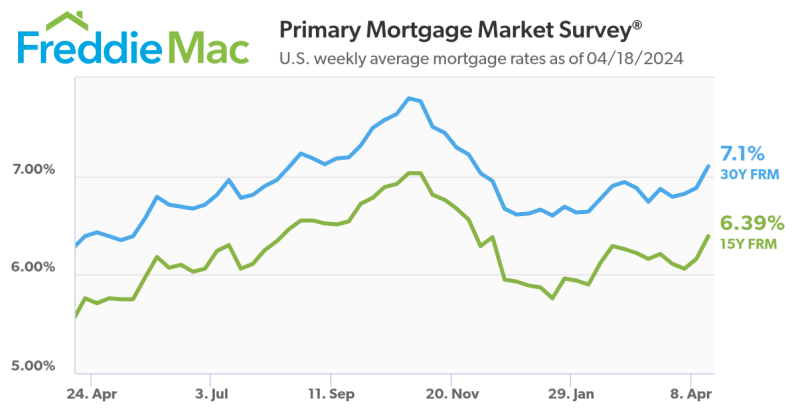Advertisement
Are you ready for the new identify theft regulations?
Electronic closings: A virtual realityCourtney S. CasperUniform Electronic Transactions Act, Electronic Signatures in Global and National Commerce Act, electronic closing transaction, electronic loan closings
As early as 1990, pioneers in our industry began developing the
tools necessary for electronic loan closings. The passage of the
Uniform Electronic Transactions Act (UETA) in 1999 and the
Electronic Signatures in Global and National Commerce Act (ESIGN)
in 2000 laid the legal framework for broader acceptance of
e-documents. Today, as lenders and title companies refine their
specific processes and software platforms, electronic closings are
becoming more widespread.
Although UETA and ESIGN were intended to promote uniformity in
e-commerce, each state has its own particular regulations regarding
loans and closings. Therefore, while some lenders are prepared to
accept electronic loan documents nationwide (e-notes and
e-mortgages in particular), title companies and/or closing agents
may have to grapple with the obstacles arising from state and local
laws.
The benefits for the parties involved in the transaction have
motivated industry leaders to push for the nationwide acceptance of
e-closings. For lenders, title companies and closing agents, an
e-closing streamlines the entire lending process. If performed
properly, it may eliminate the need to print, scan and fax the
reams of paper necessary to document the loan agreement. In
addition, it shortens the time required for lenders to make loans
available on the secondary market.
From the buyer or borrower's perspective, an e-closing means
less time, fewer documents to execute, and, in some cases, the
capability to view the loan documents prior to closing and e-sign
documents from home.
Currently, there are several platforms through which an
electronic closing transaction may occur. Under some programs, the
buyer or borrower will be given a user ID and password prior to
closing. The borrower and closing agent will meet and log on to the
particular system being used together. The buyer may be asked to
Click to Accept or to sign using a digital signature, which was
either obtained prior to closing or is obtained through a tablet
PC.
Since each state has its own laws governing the conveyance and
encumbrance of real property, it may still be necessary for the
borrower to sign paper documents. In particular, many states
recorder's offices do not have the capability to accept electronic
deeds or other title instruments.
With continued refinement of the process and encouragement from
industry leaders, trade associations and national title insurance
companies, e-closings will become more and more common. Perhaps
someday we will truly just Click Here to close.
Courtney S. Casper is a senior managing attorney for
Morris|Hardwick|Schneider. She may be reached at (706) 367-8192 or
e-mail [email protected].
About the author





